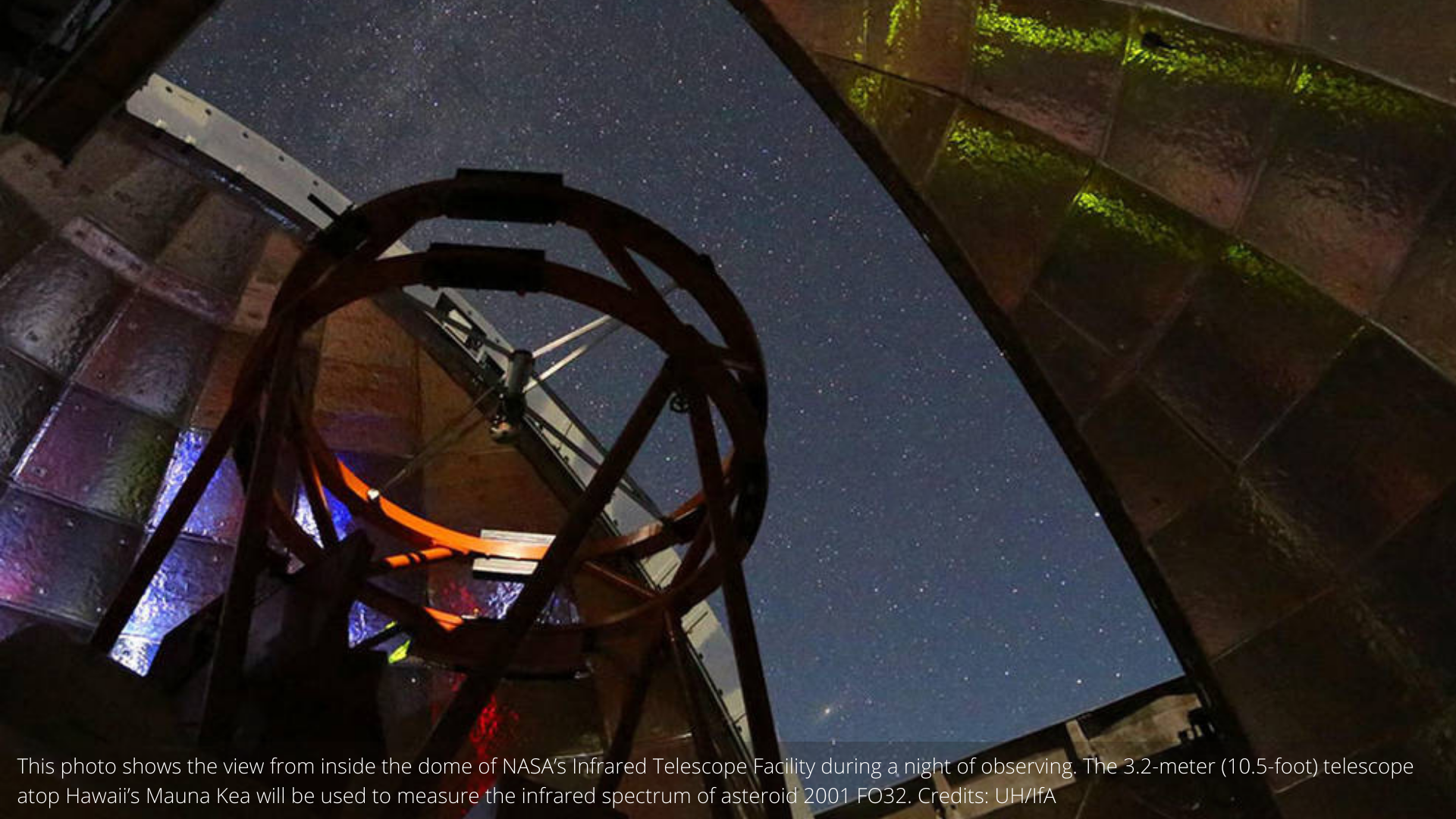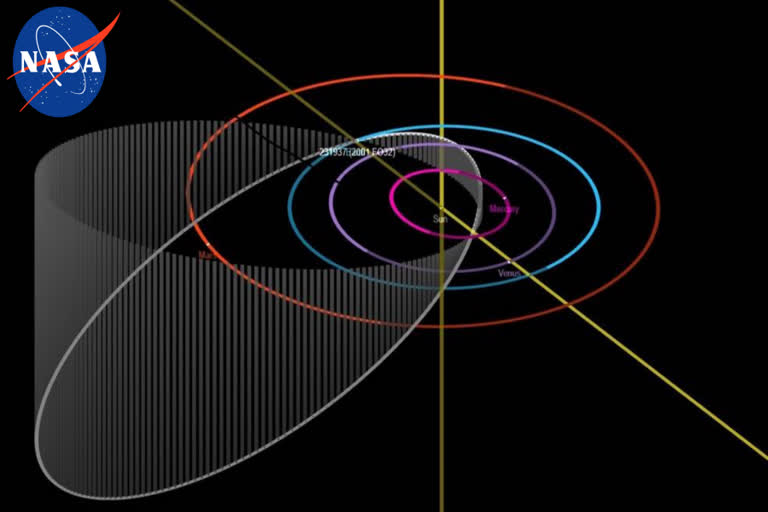Washington: The largest asteroid predicted to pass by our planet in 2021 will be at its closest on March 21, NASA has said, adding that there is no threat of a collision with Earth.
Called 2001 FO32, the near-Earth asteroid will make its closest approach at a distance of about two million kilometres, the US space agency said.
The asteroid is about 0.8 to 1.7 kilometres in diameter, according to a report in Live Science.
"We know the orbital path of 2001 FO32 around the Sun very accurately since it was discovered 20 years ago and has been tracked ever since," said Paul Chodas, director of the Centre for Near-Earth Object Studies (CNEOS), which is managed by NASA's Jet Propulsion Laboratory in Southern California, said in a statement.
Asteroid 2001 FO32 Will Safely Pass by Earth March 21. Courtesy: NASA "There is no chance the asteroid will get any closer to Earth than 1.25 million miles."Still, that distance is close in astronomical terms, which is why 2001 FO32 has been designated a "potentially hazardous asteroid."During this approach, 2001 FO32 will pass by at about 124,000 kph -- faster than the speed at which most asteroids encounter Earth.The reason for the asteroid's unusually speedy close approach is its highly inclined and elongated (or eccentric) orbit around the Sun, an orbit that is tilted 39 degrees to Earth's orbital plane.This orbit takes the asteroid closer to the Sun than Mercury and twice as far from the Sun as Mars.The March 21 encounter will provide an opportunity for astronomers to get a more precise understanding of the asteroid's size and albedo - i.e. how bright, or reflective, its surface is -- and a rough idea of its composition.This will be achieved, in part, with the use of NASA's Infrared Telescope Facility (IRTF), a 3.2-metre telescope atop Hawaii's Mauna Kea that will observe the asteroid in the days leading up to close approach using its workhorse infrared spectrograph, SpeX."We're trying to do geology with a telescope," said Vishnu Reddy, Associate Professor at the University of Arizona's Lunar and Planetary Laboratory in Tucson.
Also Read: Features and specifications of Samsung Galaxy M12, launched in India(Inputs from IANS)




